“There is nothing worse than war – both sides always lose,” says the Ukrainian photographer, whose documentation of the Euromaidan protests is now published in a photobook
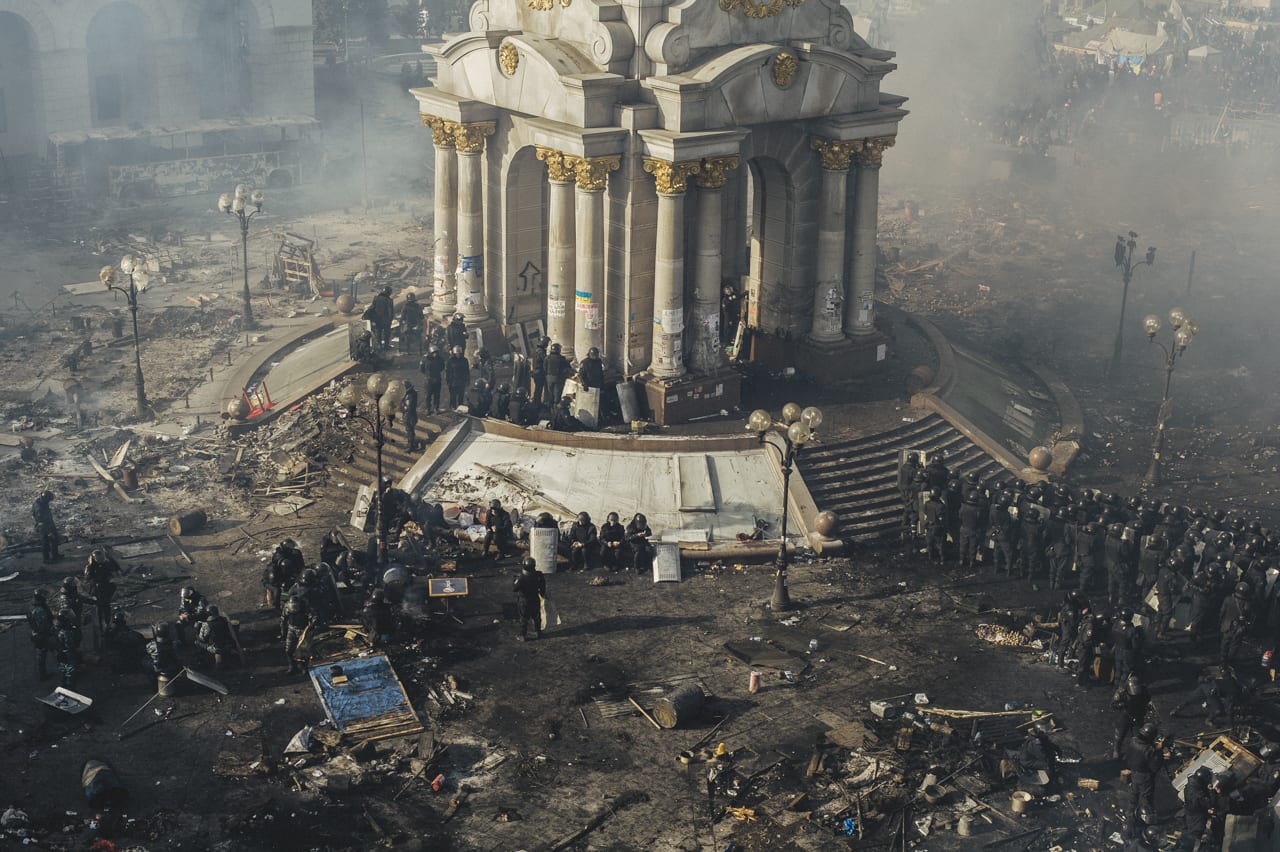

“There is nothing worse than war – both sides always lose,” says the Ukrainian photographer, whose documentation of the Euromaidan protests is now published in a photobook
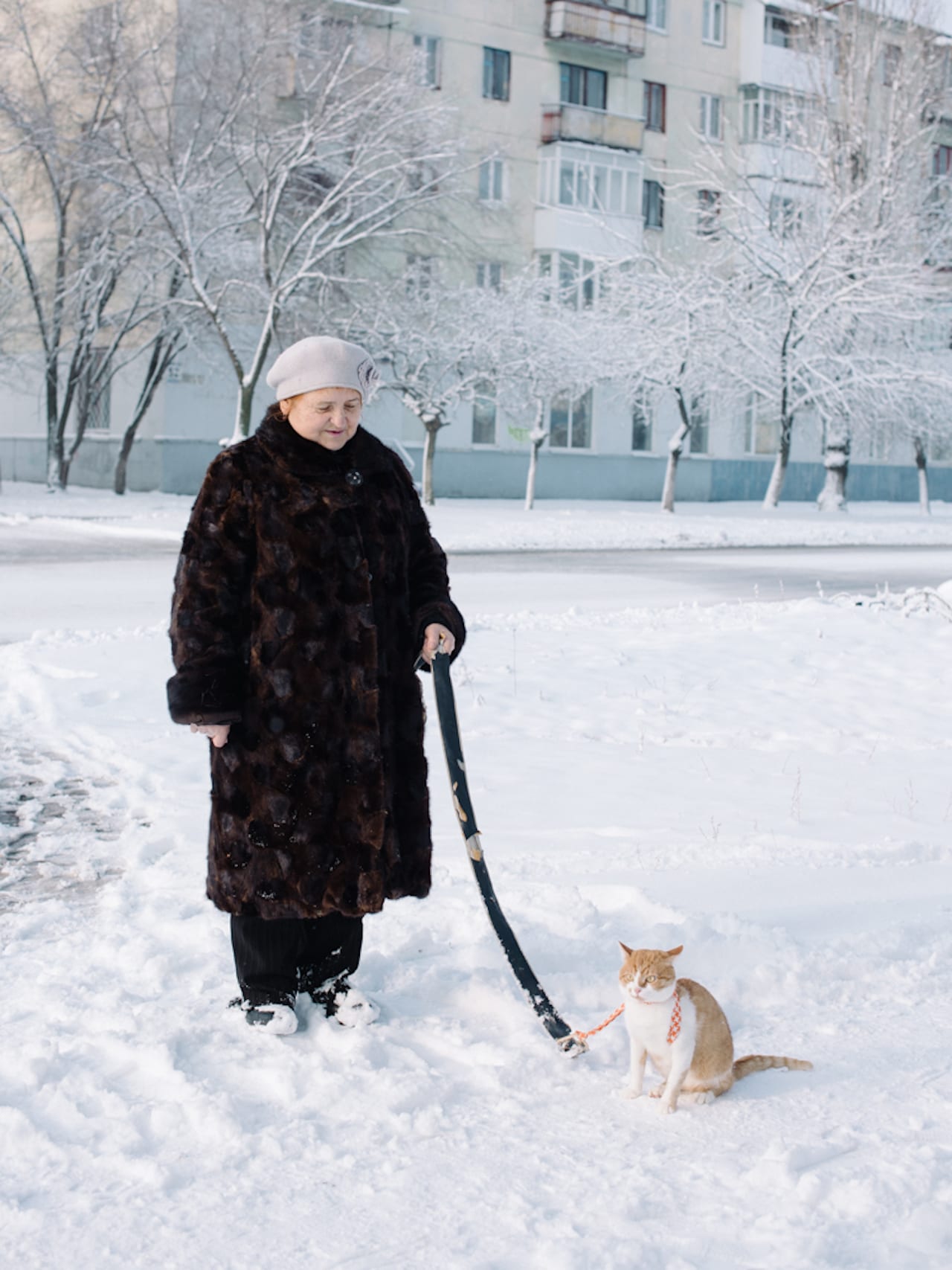
In his first major solo show, Christopher Nunn offers a rare glimpse of everyday life in the Donbas region of eastern Ukraine: “It was very real, people were dying and the region was fractured”
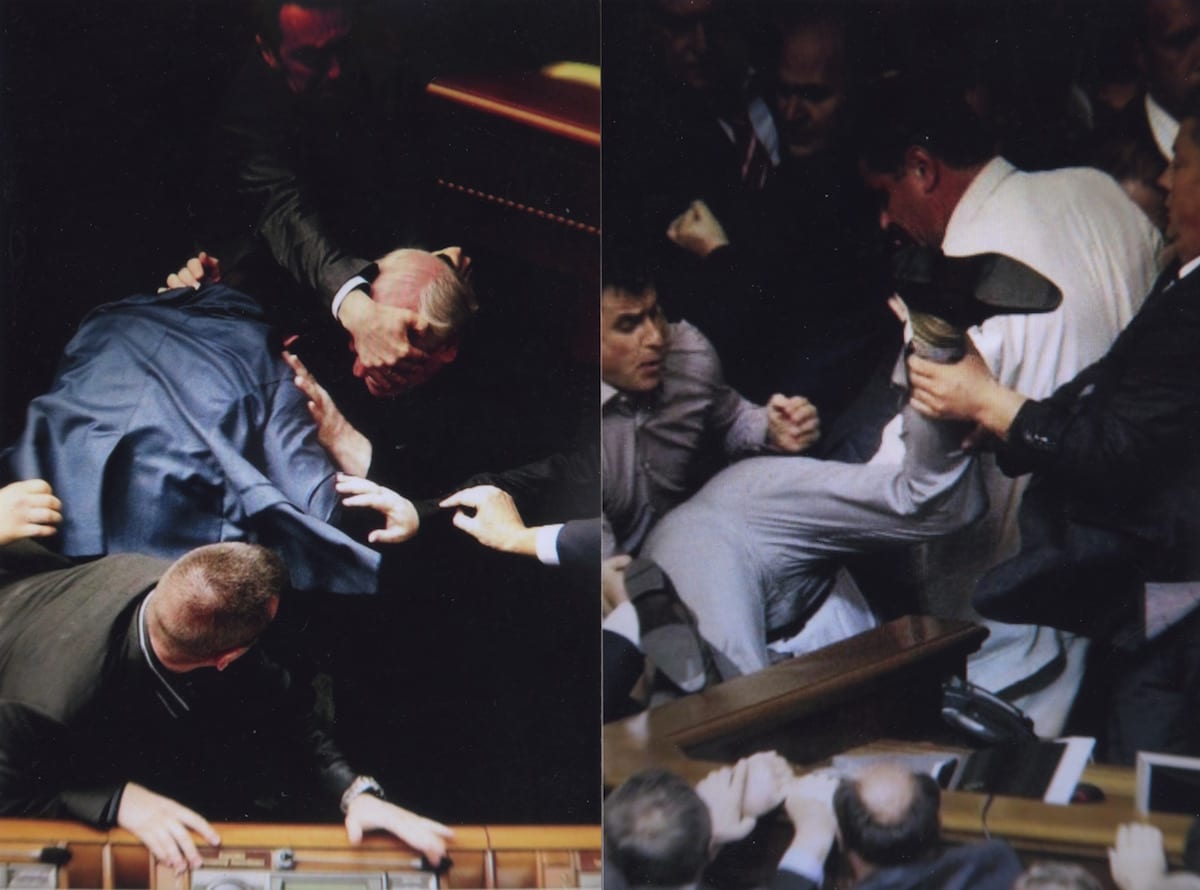
Mikhailov’s most recent body of work blends old and new photographs to reflect on life, death, and his own autobiography
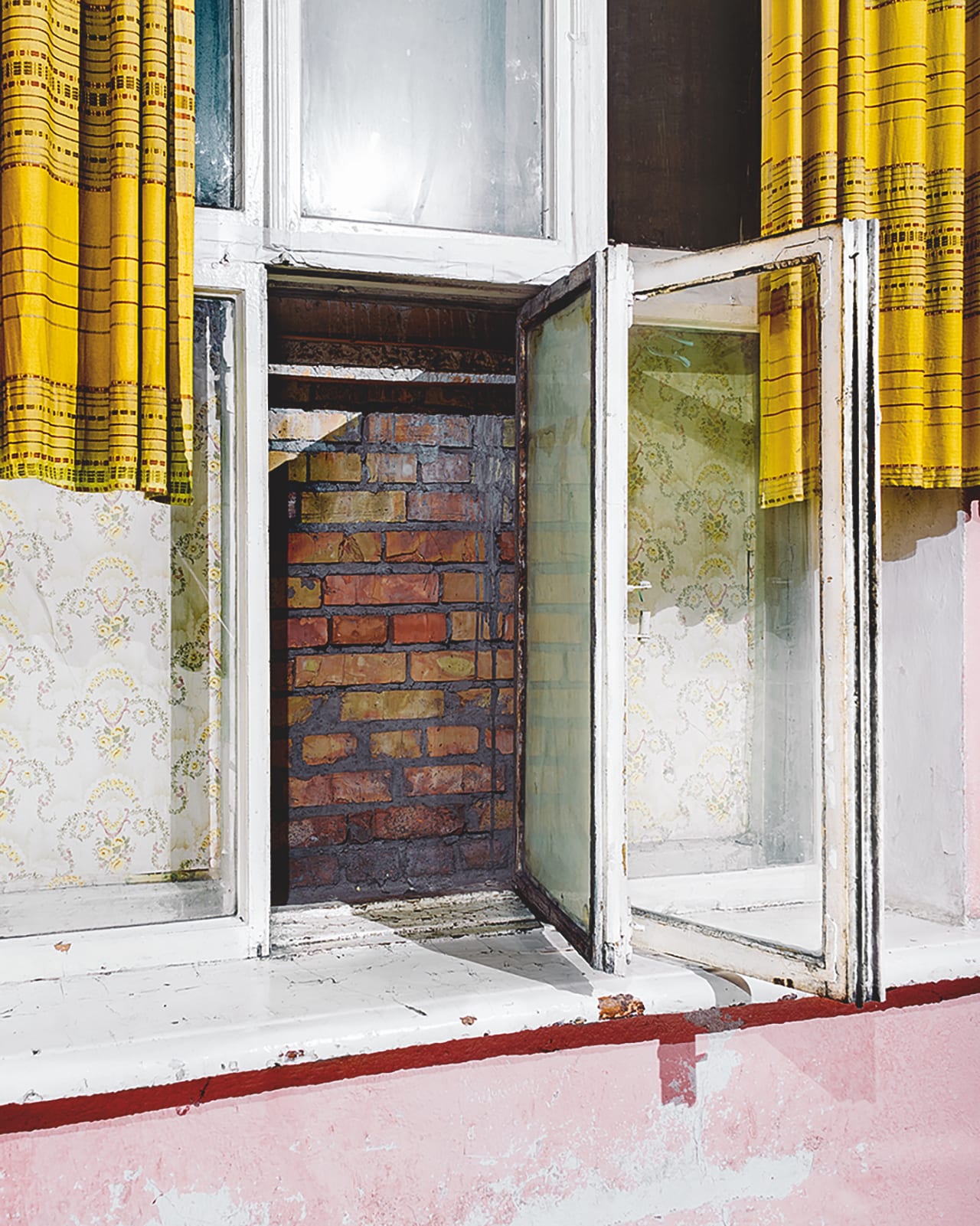
David Devil’s work that shows the psychological impact of conflict in the Ukraine is now published in a book
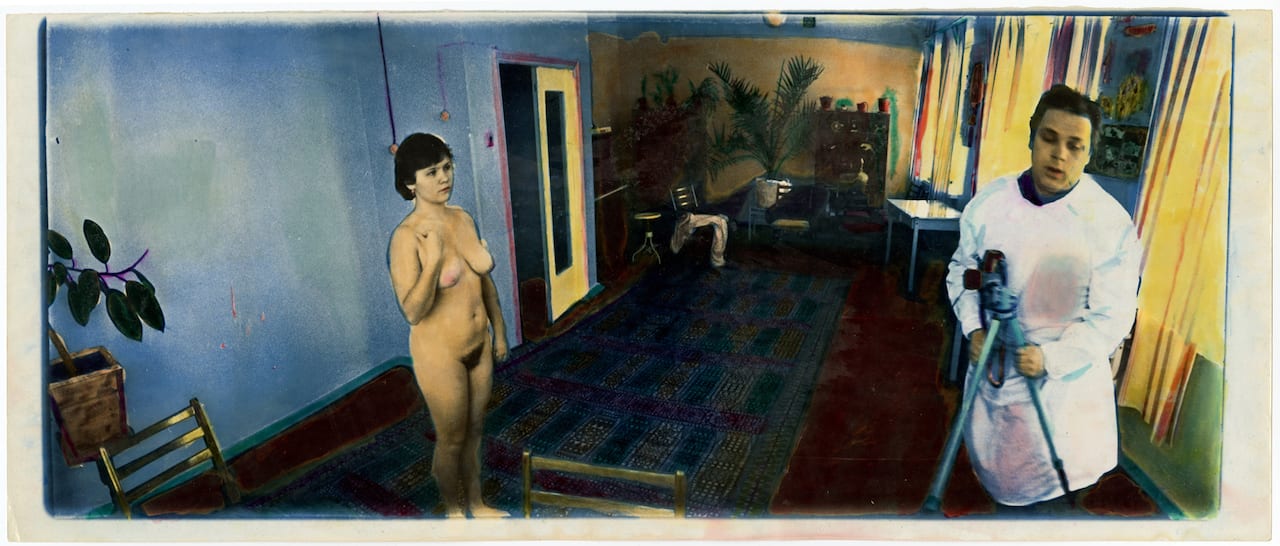
If you wanted to become a professional photographer in the Soviet Union, says Victor Kochetov, you only had two options. Either you could work at an atelier producing pictures for books or postcards, or you could work for the press – and both meant conforming to the ideological pressure of the state. Kochetov chose the first option, and through the 1960s he worked as a commercial photographer in Kharkiv, Ukraine, photographing events such as weddings and funerals, and providing images for books on travel.
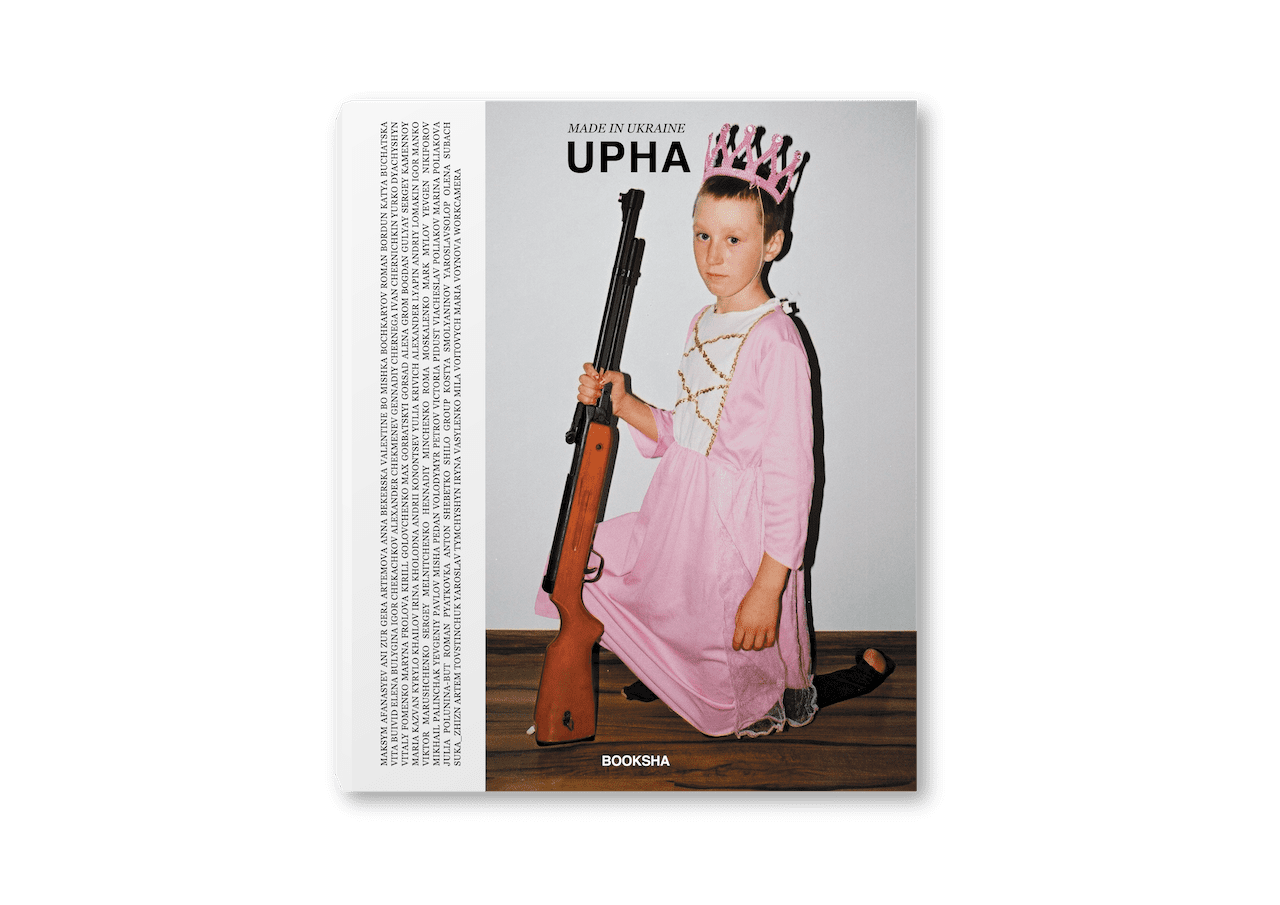
“Such great number of photo books in one place has never been presented in Kyiv before – since the foundation of the city more than 1500 years ago,” says Dmitriy Krakovich, director of the Kyiv Photo Book festival. “The goal of the festival is developing a communication between authors-photographers and publishers from one side, and broad circles of art lovers and photography art lovers in Ukraine.”
The first event of its kind in Ukraine, Kyiv Photo Book festival will feature both local and international photographers, publishers and galleries, with organisations such as MOKSOP (Museum of Kharkiv School of Photography) and Rodovid Press lined up to take part.
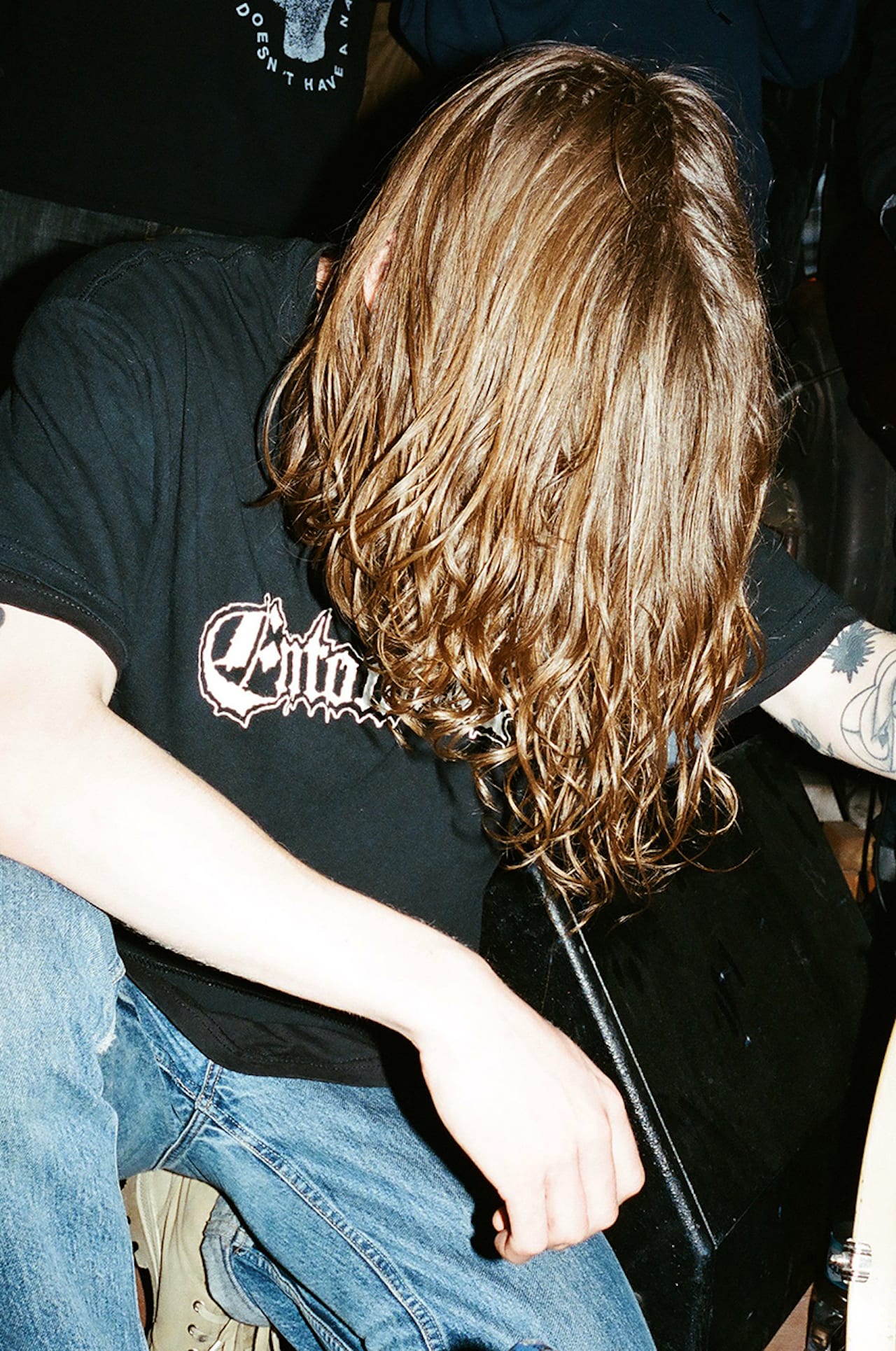
“The Soviet Union left a great heritage in various manifestations from architecture to people’s thoughts, and some are struggling to understand the new times,” says 22-year-old Ukranian photographer Vladyslav Andrievsky. “Often, because of this, the youth is struggling to find common ground with the elders.
“It’s obvious that there were many limitations when it came to one’s life or freedom. Today, when thinking about the Soviet Union, we are visualising it the way it could have been, not the way it was. Of course the fact that somebody could have been killed for a painting or a thought is shocking and devastating. Still, we are left with an enormous cultural heritage like art, literature, music, films, and we truly value that.
“Owing to people like Boris Mikhailov we can try to understand what life was like back then,” he continues. “In his book Case History he is showing homeless people like heroes, who are giving their lives for the brighter future of the new generations. As a young person I don’t want to be a let-down. I don’t want to upset Boris.”
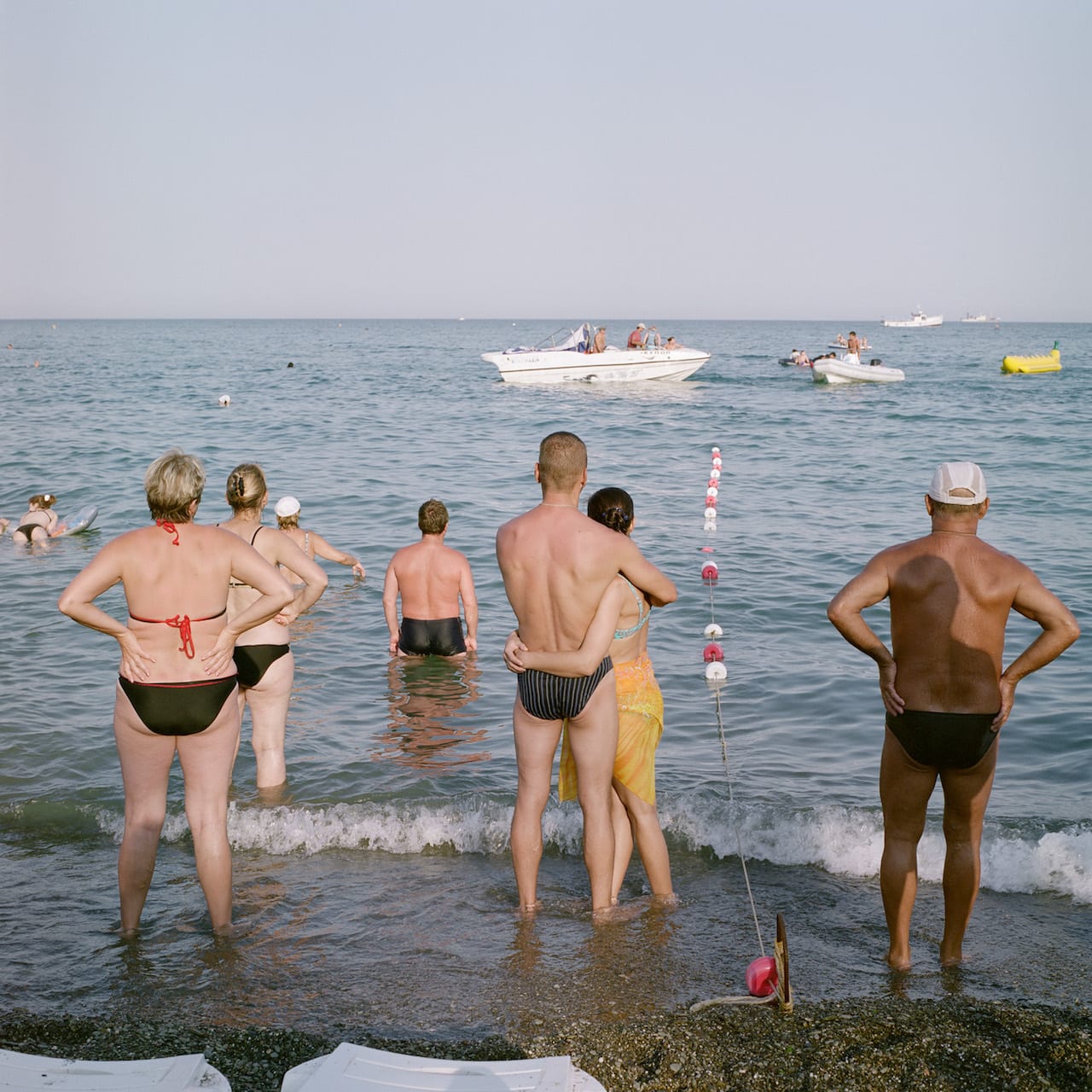
Stakle recently won the New East Photo Prize organised by Calvert 22 Foundation, with a series titled Heavy Waters. Shot in Crimea in 2011, the series shows towns and villages scattered along the coast on the Crimean Peninsula – an area that was at the time part of Ukraine, but which became part of Russia after the Ukraine-Russia crisis in 2014. To date, Crimea remains an internationally unrecognised part of Russia. Crimea was one of the most popular resorts of the Soviet Union but, says Stakle, “being on the crossroads of trade routes has always been risky”. “Since times immemorial, the Crimean Peninsula has been coveted by different countries, near and far,” he writes in his introduction to the series.
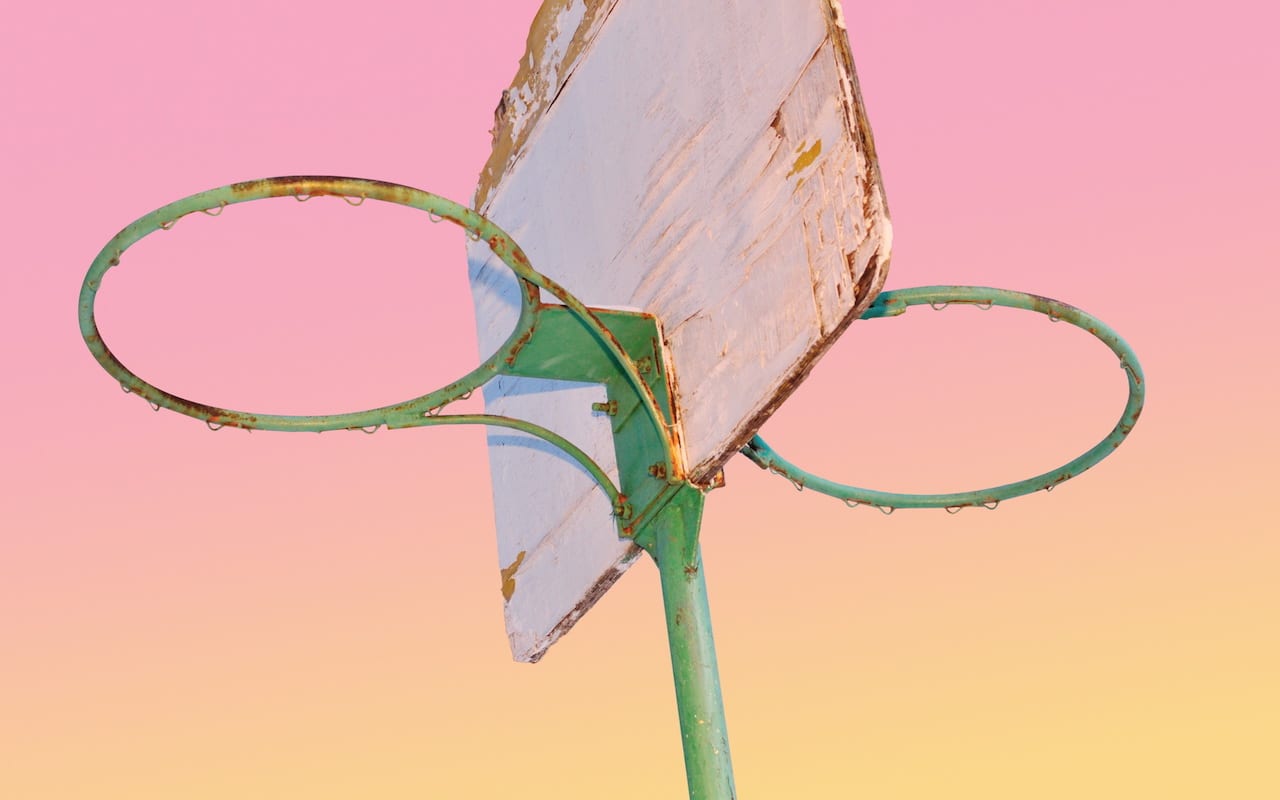
A white painted stone sits atop a pile of concrete from a fallen telephone pole. A seemingly random assortment of rubble, it has in fact been gathered to fasten a manhole cover in place. During a period of particular hardship in Ukraine in the 1990s, manhole covers were often stolen and sold for scrap metal, leaving dangerous open holes in the road. This makeshift device, erected over time out of miscellaneous materials, is one of the objects in Viacheslav Poliakov’s Lviv – God’s Will, a taxonomy of the “unexplored field of accidents” that make up his surrounding urban environment.
The Euromaidan revolution in 2014 triggered and incentivised artists to reclaim their Ukrainian cultural heritage, distinguishing themselves from the Russian attributes that have persisted for many years. With the Russian invasion of Ukraine in February 2022, understanding the country’s cultural nuances is more important than ever.
In this collection you will find the work of Ukrainian artists documenting youth culture, society, personal stories and politics. Since Ukraine gained independence from the USSR in 1991, the celebration of tradition and identity, old and new, has flourished. There are event highlights, such as Bird in Flight festival, Kyiv Photo Book Festival and Odesa Photo Days. And, features on some of Ukraine’s most well-known photographers, including Boris Mikhailov, Yelena Yemchuk and Maxim Dondyuk.
Indeed, there are also projects shot by the likes of Christopher Nunn, Mark Neville Wiktoria Wojciechowska and David Denil, who became enamoured with Ukraine, its people and its story.
Since the beginning of 2022, many Ukrainian documentary and fine art photographers have also become photojournalists overnight, choosing to remain in their war-torn country to document the horrors taking place in their home. BJP’s April 2022 issue contains a number of interviews which unpack this very topic in a special section about Ukraine. It also highlights the plight of the Ukrainian people to remain a sovereign nation, against all odds.